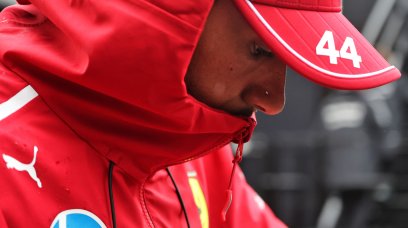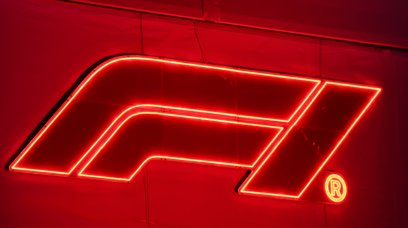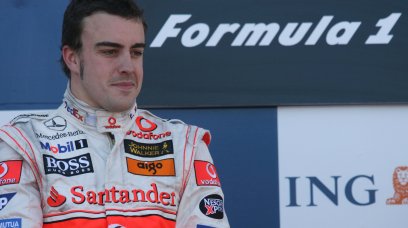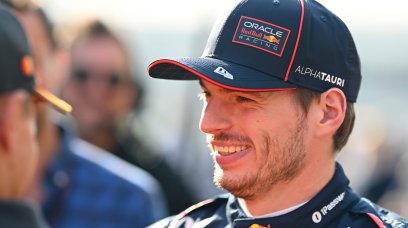The livery on a Formula 1 car is an important piece of a team's identity, much like how sports kit shirt colours denote which team a person supports in football or rugby. While the grid is not lacking any striking colours with Alpine's all-pink car for the first three races, Aston Martin's lime green and McLaren's papaya orange, a trend did emerge during car launch season. It's not uncommon for teams to leave sections of their car in an 'exposed carbon' look to hide various aero parts or due to cooling reasons, but this year some teams have elected to scale back the paint even more. It's estimated that teams add around 6kg through a complete paint job on the car, but in the days of heavy 798kg F1 cars, some outfits in the field are electing to save weight through reducing their paint schemes.
Alpine: Important to save every single gram on the car
This was most noticeable on the Mercedes W13, which had just a small section from the nosecone up to the engine cover that painted over the exposed carbon fibre. Ferrari also elected to save a few grams in various areas, along with McLaren and Alfa Romeo. Alpine are one of the few teams to head into the 2023 season with a weight advantage , which enables them to run a full livery. But the squad's Technical Director, Matt Harman, believes this is an area that will be critical for teams as they look to shave vital seconds off their lap time. "The cars are getting less and less paint on them every year," he told media, including RacingNews365.com . "But I think it's important that you're into all those things, because you don't really [want to be] wasting any mass. "Every single gram on the car needs to be put back into performance. It's 35 milliseconds per kilo, so you need to be spending that wisely."
New paint technologies make their way into F1?
Liveries also have a secondary purpose in F1 other than establishing the identity of a team. They can be a key tool used for marketing, as the cars are seen by millions of people worldwide. Harman notes that it is important for cars to look good as part of a team's sponsorship deals with partners, which ensures they get the exposure they pay for. But new developments in paint technology could be the way forward in the future. "I think there's a limit to that. At the end of the day the cars need to look good and they need to be good for our sponsors and our partners," he said. "I think we're reaching that limit now, we wouldn't go any further than we are [taking off paint]. "We'll still continue to develop things like different paint technologies. We've got some good partners in there and we're looking at every single type of paint technology we can and how we go about that. "That's the next level on from just taking paint off."
Most read






